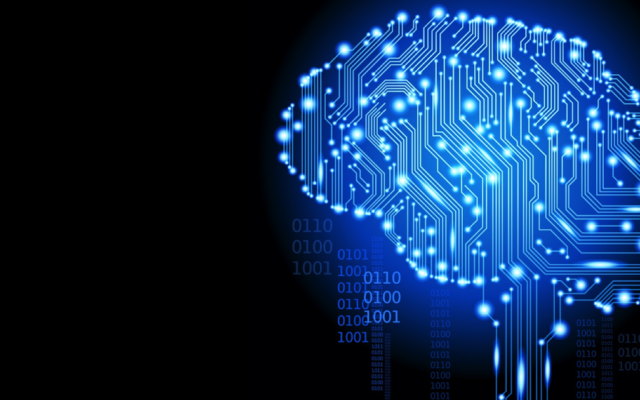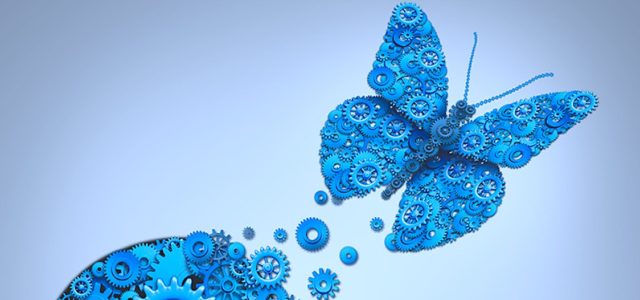Remember how you started recognising fruits, animals, cars and for that matter any other object, by looking at them throughout your childhood? Our brain gets trained over the years to recognize these images and then further classify them as apple, orange, banana, cat, dog, horse, Toyota, Honda, BMW and so on.
Inspired by these biological processes of the human brain, artificial neural networks (ANN) were developed. Deep learning refers to these artificial neural networks that are composed of many layers. It’s the fastest-growing field in machine learning. It uses many-layered Deep Neural Networks (DNNs) to learn levels of representation and abstraction that make sense of data such as images, sound, and text.
So why is ‘Deep Learning’called deep? Because of the structure of ANNs. 40 years or so back neural networks were only 2 layers deep as it was not computationally feasible to build larger networks. Now it’s common to have neural networks with 10+ layers and even 100+ layer ANNs are being tested.
Using multiple levels of neural networks in deep learning, computers now have the capacity to see, learn, and react to complex situations as well, or even better, than humans. Deep learning does this job automatically and makes life easier.
Many technology companies have open sourced their deep learning libraries:
- Google’s Tensorflow
- Facebook open source modules for Torch
- Amazon released DSSTNE on GitHub
- Microsoft released CNTK, its open source deep learning toolkit, on GitHub
Today we see lots of examples of Deep Learning:
- Google Translate uses deep learning and image recognition to translate not only voice but written languages as well.
- With the CamFind app, simply take a picture of any object and it uses mobile visual search technology to tell you what it is. It provides fast, accurate results with no typing necessary. Snap a picture, learn more. That’s it.
- All Digital Assistants such as Siri, Cortana, Alexa & Google Now use deep learning for natural language processing and speech recognition
- Amazon, Netflix & Spotify are using recommendation engines using deep learning for next best offer, movies and music
- Google PlaNet can look at the photo and tell where it was taken
- DCGAN is used for enhancing and completing the human faces
- DeepStereo: Turns images from Street View into a 3D space that shows unseen views from different angles by figuring out the depth and color of each pixel
- DeepMind’s WaveNet is able to generate speech which mimics any human voice that sounds more natural than the best existing Text-to-Speech systems
- Paypal is using H2O based deep learning to prevent fraud in payments
Until now, Deep Learning has aided image classification, language translation, speech recognition and it can now be used to solve any pattern recognition problem; all of this is happening without human intervention. Deep learning is a disruptive Digital technology that is being used by more and more companies to create new business models.
Read more by Sandeep Raut, here
Article by channel:
Everything you need to know about Digital Transformation
The best articles, news and events direct to your inbox






